If your microgym or CrossFit affiliate isn’t growing, or if you want it to grow faster, you need a gym marketing plan.
“If you build it, they will come”—it sounds great in a movie but doesn’t work in reality. Same deal with focusing on coaching and hoping clients show up because your excellence is obvious. That just doesn’t happen.
And then you’ve got all the snake-oil salespeople who tempt you with the marketing equivalent of “lose 50 lb. in just five weeks.”
Big promises are often tied to random advertising campaigns, untested strategies and shady social-media tactics, and they seldom come with reliable metrics that show cost per click, click-through rates, cost per acquisition, return on ad spend, cost per thousand impressions/cost per mille (CPM) and so on.
The result? Gym owners waste money on disjointed, ineffective marketing—and their businesses stay stagnant.
With a solid gym marketing plan, you can spend wisely and with confidence, and you’ll have proof that every dollar you lay out will be money well spent.
Essential Elements of a Gym Marketing Plan
To grow your gym business, you need a steady stream of high-quality leads your sales team can convert into long-term clients who will actively help you find even more leads through affinity marketing.
To make that happen, your CrossFit gym marketing plan has to do two things:
1. Help you define and understand your target market.
2. Help you reach, communicate with and warm new prospective clients.
At that stage, your sales team takes over. The goal: Sell, retain and regularly upsell. (You can do a lot to improve your close rates and retention—to start, listen to this podcast and download the definite guide “Never Lose a Member Again”).
Below, we’ll tell you exactly how to create a gym marketing plan that will help you connect with your ideal prospective clients and then build long-lasting relationships.
The Key to Gym Marketing Plans (Or Any Marketing Plan)
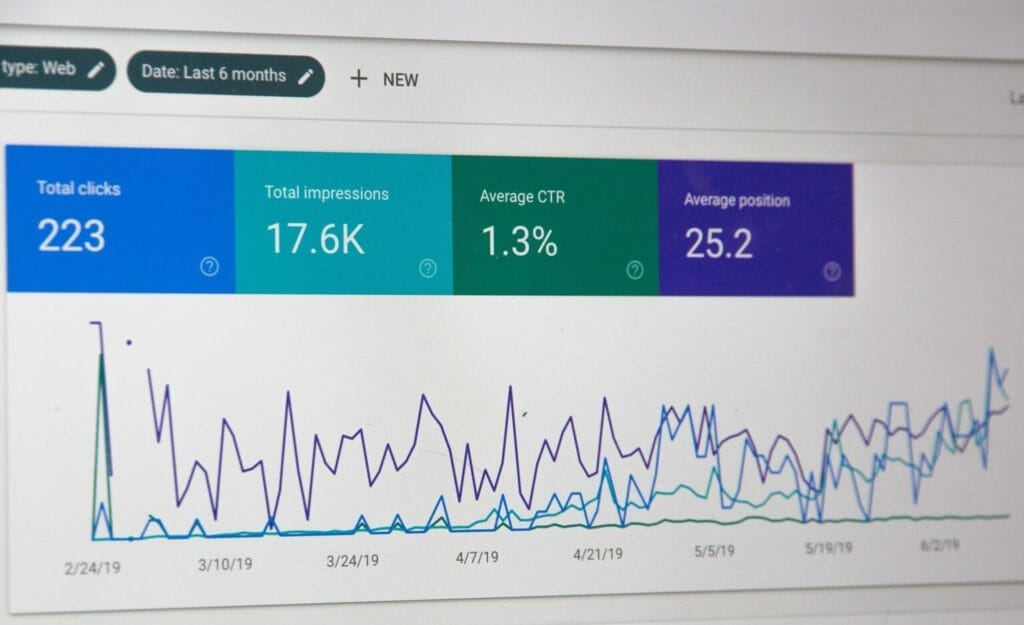
If you take nothing else from this article, take this:
You must—absolutely must—track marketing metrics.
You’re allowed to make mistakes in marketing. It’s not an exact science.
Maybe your lead-capture system isn’t optimized, your call to action in a video sales letter isn’t ideal, or your landing page doesn’t convert well. Or maybe you just didn’t use an image that appealed to your target market. All of that is forgivable—and fixable.
It’s inexcusable to spend without reviewing and analyzing the resulting data.
You can only correct mistakes and avoid additional errors if you watch your numbers. You need to know what you’re spending and what that ad spend is producing. If it’s not producing anything, you’re burning money.
But if you know that a dollar out equals $2 in, you can spend with confidence.
And if you analyze the entire process—and rely on a solid gym marketing plan—you’ll be able to eliminate speed bumps and funnel hot new leads into your business with regularity.
At minimum, you must know the following:
- Ad Spend.
- Leads
- Cost per lead.
- Sales calls booked.
- Show rate.
- Close rate.
- Average package size.
- Average monthly revenue per client.
- Client length of engagement.
You can certainly track more metrics—back-end revenue and profit, staff costs, profit per member, etc. But start with the nine metrics listed above. If you do, you’ll know if your gym marketing plan is working.
8 Steps to the Perfect Gym Marketing Plan
Define Your Target Market
Be Specific
Exactly whom do you want to serve?
Your answer can’t be “everyone” or “all athletes.” Be more specific. It might feel strange to narrow your scope, but trust us: Trying to please everyone isn’t going to work. Nor will it help you with your marketing.
Think about it: If you want to serve everyone, how do you advertise to anyone? People over 50 are very different from people under 30, and prospective weight-loss clients don’t want the same thing powerlifters want—to use just two examples.
So narrow your niche. If you know every detail of your target market, you’re going to be able to tailor all your marketing efforts to those people.
Suppose you decided to serve 25-to 40-year-old left handers who like Harry Potter movies and want to get stronger. It’s a very narrow market, but you can see how such a niche would influence your marketing plan.
Here’s a broader but still well-defined niche (that will help you make money): men and women in their 30s and 40s who want to lose weight.
Additional Niche Considerations
When constructing your gym marketing plan, it’s worth considering the ability of your target audience to support your business.
That’s not to say you can’t choose to serve a certain market with limited means. It’s just going to be hard to turn a profit if you do—and some markets are best served by 501(c)(3) nonprofits.
But if you’re looking to turn a profit—and create a solid marketing plan for your CrossFit affiliate—it would be a mistake to focus solely on college kids with huge student loans. That’s an obvious example, but others are not so obvious—and they come with some baggage.
Think about Olympic lifters, powerlifters, obstacle-course racers, competitive CrossFit athletes. Those are clear niches, but serving these people often requires special equipment, lots of space and tons of hours—without a corresponding high rate. For example, it’s not uncommon for top CrossFit Games athletes to train for three or more hours a day—but they aren’t going to pay $500 a month to use your gym.
Speak to Your Target Market: Messaging
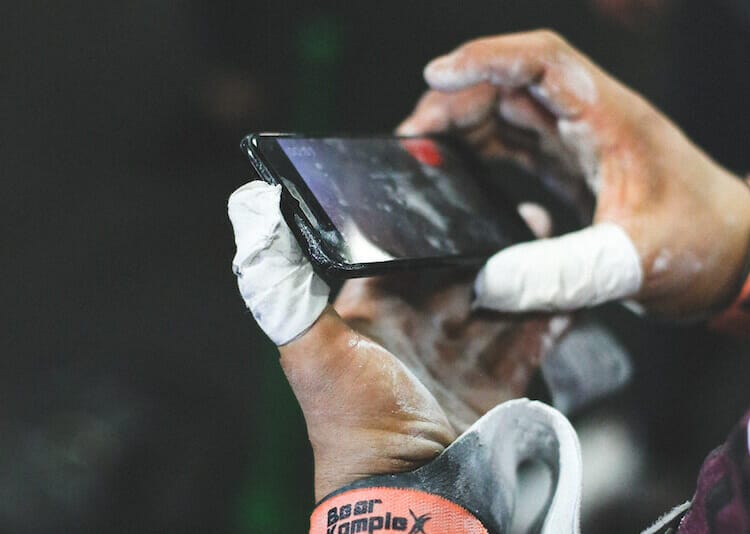
Audience: Create Avatars to Guide Your Marketing Efforts
Now that you have an audience in mind, construct avatars to represent this group. These can be fictional characters or composite versions of your very best clients—the people you’d love to replicate.
What do these ideal clients want? What do they struggle with? What do they need—or what don’t they need?
Pro tip: If you’re struggling to answer these questions, consider asking your best clients for their help. Listening to key members of your target market is always a good idea.
Now consider the things that would prompt your avatars to engage with you or even purchase your service or product.
If your avatar wants to lose weight, the picture of the tattooed Navy SEAL doing heavy deadlifts needs to go. But a picture of a smiling “just like me” character holding a whiteboard with “lost 20 lb.” written on it? That will draw some attention in the right market.
Marketing Your Gym: Solve Problems
With your avatars in mind, you’ll need to create service packages that solve problems and improve lives. And you need to give people a reason to act.
Imagine the 38-old-year-old guy who wants to lose weight. Here are a few problems he might have: health issues, joint pain, self-esteem problems, inability to pass physical tests at work, etc. This person might be motivated by something like this: “Upset about the number on the scale? We can help you lower it by 10 lb. in six weeks so you feel better about yourself. We only have five spaces available—sign up now for a special rate of just $299!”
That’s one example that might be part of a direct-action campaign. The key to any marketing campaign: Connect with the pain points your avatars have and then offer solutions.
And you can go one step further in your marketing: Explain why your business is the one to choose from a list of all similar businesses. Start relationships with prospective clients and tell your story so they start to know, like and trust you. This is “branding.”
An example: In long-form ad copy, you might explain how you, the gym owner, once used to be 20 lb. overweight and lost the extra pounds with a combination of exercise and nutrition. You wanted to help others do the same, so you opened a gym that provides personalized coaching in the gym and in the kitchen. And you’ve helped dozens of clients lose thousands of pounds in total. And so on.
In organic and paid media, plan to build your brand and create relationships by speaking to your ideal clients about topics that interest them. Solve their problems and give them reasons to act.
Media: Choose Your Ideal Sources for Lead Generation

The world is your oyster: You have a host of options for lead-gen. Here are just a few (and we’ll include a few old-school options just for fun):
– Pay-per-click ads (Google Ads, SEO).
– Social media (Instagram, Facebook, LinkedIn).
– Podcasts.
– Blogs and landing pages.
– Webinars.
– Email campaigns.
– Gated lead magnets.
– Direct mail.
– On-site lists at trade shows and physical locations.
– Terrestrial radio and TV.
– Print or digital magazine or newspaper ads.
There are many, many ways to start a conversation with a potential client, and each one has an associated cost—even if it’s “free,” like posting a blog (the cost is the time to produce and post). You’ll need to select your medium based on what your avatars will see and what it will cost to get them to see it.
For example, you might have an ad budget of $15 a day or about $450 a month. You could spend that on a full-color display ad in a magazine. But that would be a bad idea if the publication’s demographic is 50-plus and you want to be seen by 30-year-olds. It can also be tough to track ROI in print advertising. In this scenario, you might be better off setting a $15 a day budget on Facebook and serving carefully crafted ads to a specific group of people—say, 25- to 35-year-old males and females who live within 5 miles of your gym.
When choosing the source of leads to prioritize, you need to figure out what media your ideal clients consume, then apply your budget.
When you’re starting out, we recommend you select one or two reliable sources and focus on them. You can expand later it time and budget allow, but if you can optimize your offerings on one reliable source, you’d be wise to do that.
We also recommend you use options that allow you to track ROI. Facebook makes this very simple, and a basic spreadsheet can give you unbelievable insight into your gym marketing efforts. You can even track link clicks to blogs to see if your ads are doing their job in shuttling traffic your way (and a good website will make lead capture a cinch—read on).
It can be much more difficult to determine if a roadside billboard is delivering ROI. Or if flyers in mailboxes were worth it.
Whatever method you use, find metrics you can track.
Capture Your Leads: Get Contact Info
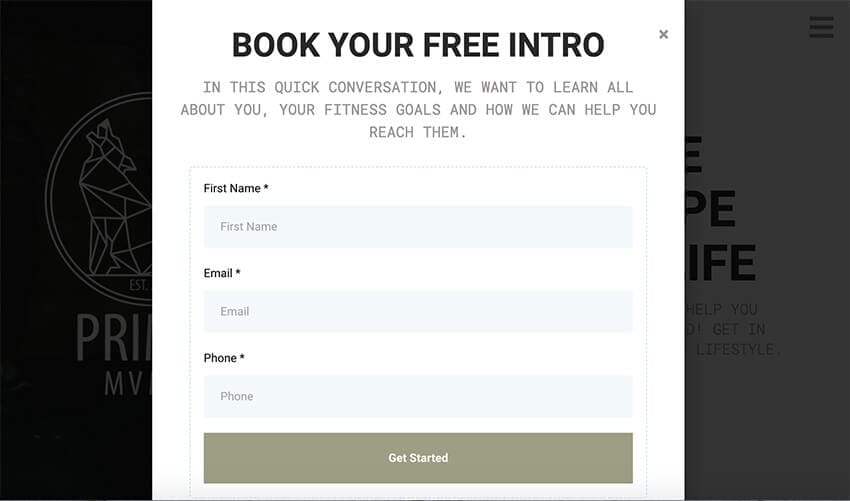
If people are picking up what you’re throwing down, you need to get some sort of info that will allow you to stay in contact—email and phone numbers are best.
Depending on the marketing plan, lead capture can be as basic as having a pen and paper on a table at a trade show. Sign up and get a free InBody scan—or something like that.
But in the digital world, lead capture is a snap for gyms if you set up the right systems. Facebook pixels on websites will help you target visitors, and you can create all kinds of lead-capture systems to obtain contact info.
There are two options:
1. Build your own system with assorted software. You can absolutely create a chain like this: Get people to click on a Facebook ad that takes them to a landing page where they enter contact info. The landing page can be connected to a Google sheet with something like Zapier, and use then you can shuttle the contact info into mailing lists, two-way SMS systems, etc.
2. Use Gym Lead Machine. Our sites do everything listed above. You don’t have to connect all the systems or buy all the costly individual software packages. Our average client saves over $4,800 in software and service fees.
Whatever path you choose, make sure you get some sort of contact info from each lead so you can warm the prospects who aren’t ready to purchase yet (see below).
Warm Your Leads: Nurture, Build Relationships and Close
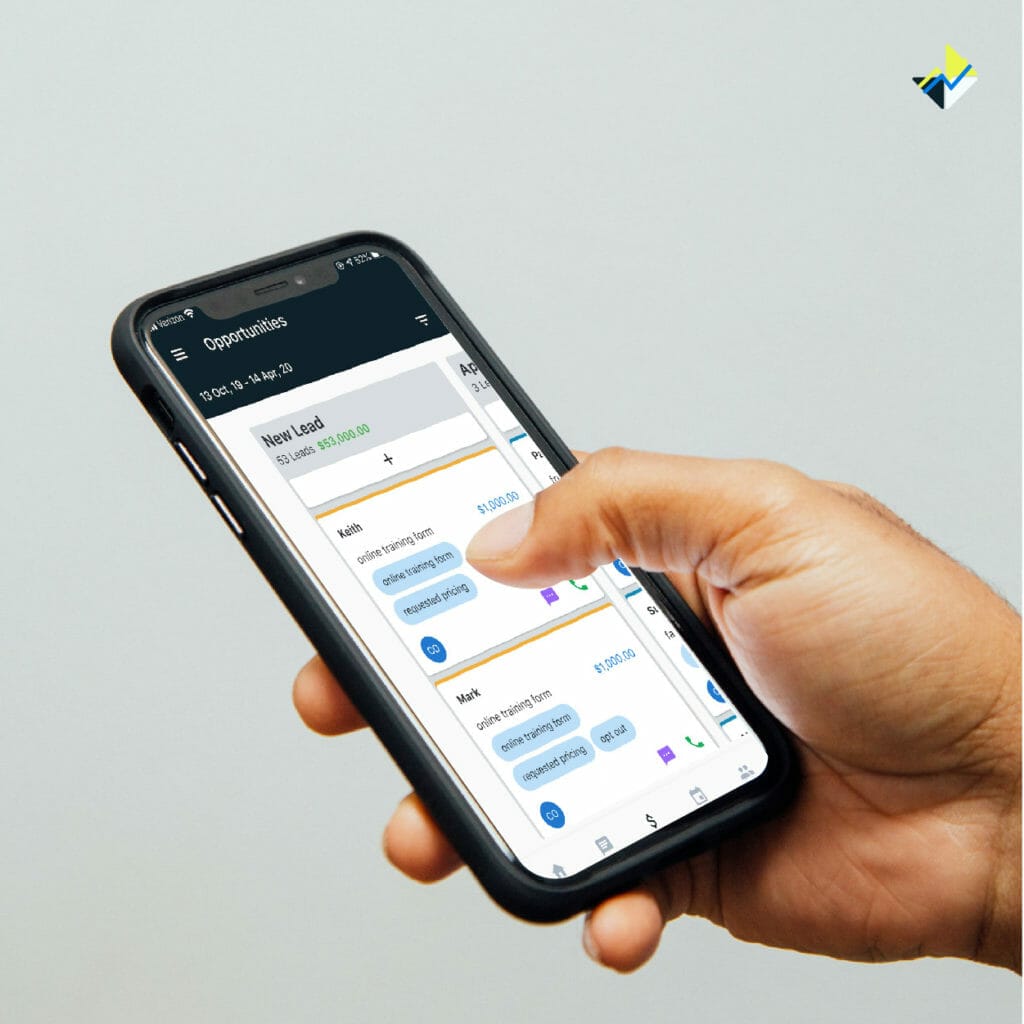
After you’ve got precious contact info, you need to use it. These people have given you permission to talk to them, and you need to use that opportunity to tell them more about your gym business and its services.
Lead warming is usually done with email and text, though we encourage you to use the phone very early in the process. You could even use snail mail if you knew that was the best way to contact your audience and the cost fit your budget.
But with email and text, the cost is almost non-existent, delivery is instantaneous, you can have a two-way conversation, you can track open rates, and you can automate large parts of the process while still personalizing the interaction.
There’s no replacement for a real person who picks up the phone and calls a lead 10 seconds after lead capture to explain how your microgym can help the person. But that process can be bolstered by automated systems that are triggered as soon as a lead is in the funnel.
Again, you can build these systems yourself, connecting the software and writing all the content.
Or you can get Gym Lead Machine to do it for you. Whenever one of our sites captures a lead, staff members are notified so they can respond personally, and our professionally written pre-built automation sequences start running. Leads will get content that interests them on precise timelines.
We have all sorts of nurturing campaigns for CrossFit gyms, boutique studios, franchises and more: general new lead, long-term lead, kids program lead, sports performance lead, personal training lead and so on. (We also help with retention by serving great content to existing clients.)
Sell and Satisfy
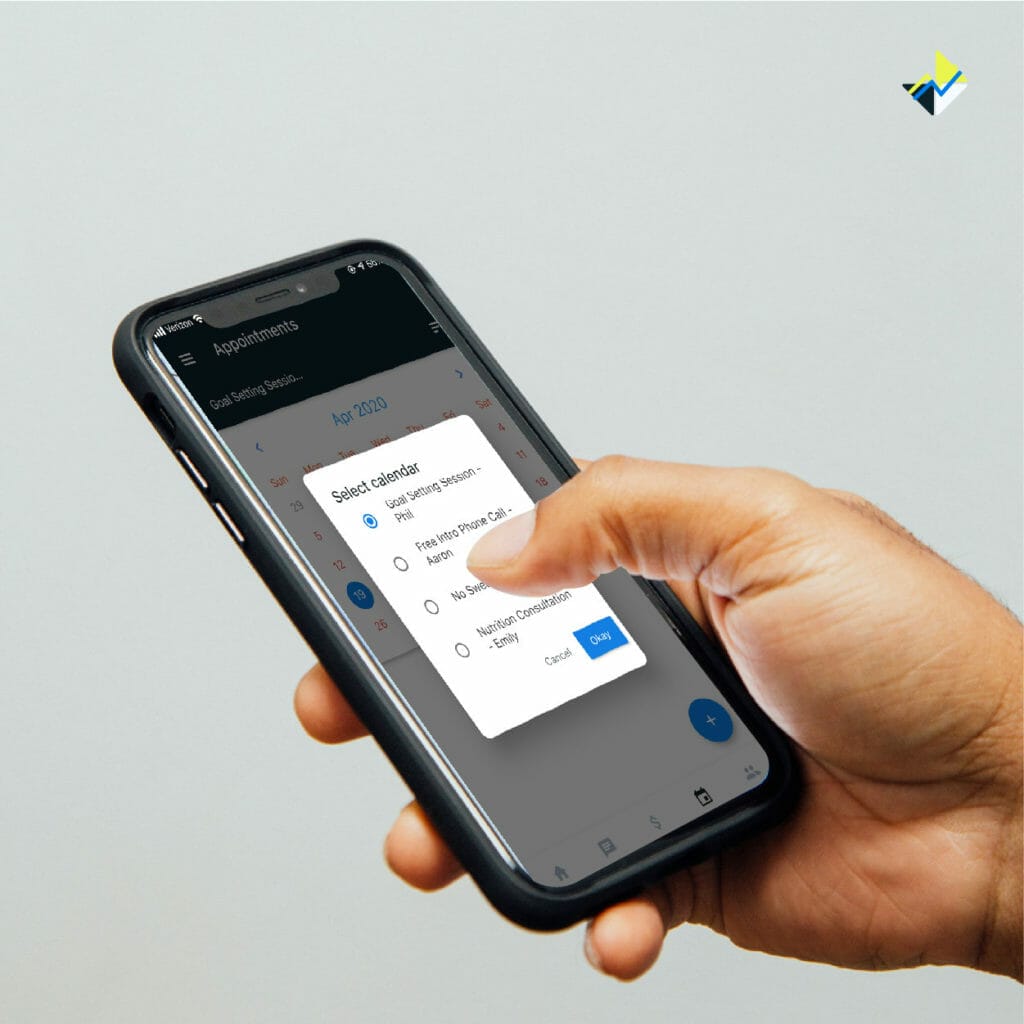
When leads are warm enough, you get to sell. Sometimes that happens right away, and sometimes it takes months—or even years—to warm a very cold lead.
In the gym industry, you must create services that solve problems for your clients. These are your core offerings—usually personal or group coaching, nutrition coaching and online coaching (you can also create hybrid packages to drive up average revenue per member). We recommend three service tiers, with an expert presenting the best service package as a solution to the client’s problems.
Pricing is simple, though many people screw it up: You need to price services to turn the required profit. There’s a formula for that. Our friends at Two-Brain Business guide you through the process as part of their world-class mentorship program, and they also offer a host of great free resources. Here are three:
1. ”How to Create New Service Packages and Sell Them” (podcast with worksheet).
2. “How to Charge What You’re Worth.”
3. “How to Set Your Rates” (podcast).
As for creating satisfied customers, you’ll need to deliver on your promises and deliver great service. You know how to do that.
Retain and Re-Up—and Upsell
Your current clients are incredibly valuable—but too many gym marketing plans only focus on acquiring new clients. Retaining clients is even more important because retention costs less than acquisition.
Your gym should use automated sequences (Gym Lead Machine provides them) to stay in constant contact with your members, and a client success manager should regularly contact members personally. That provides an opportunity to make clients smile and solve problems before they get out of control.
You can get Two-Brain’s extensive guide to retention here: “Never Lose a Member Again.”
As part of your retention strategy, you should do regular goal review sessions at 90-day intervals. In these sessions, you have the opportunity to help clients solve more problems and cross more goals off their lists with additional services. This is the “prescriptive model,” and it’s a double win: Clients get results and businesses sell more.
Affinity and Unpaid Marketing

We mentioned retention is often left out of marketing plans. Affinity marketing is often absent, too.
In a fantastic marketing plan for a CrossFit gym, existing clients help the gym acquire new clients. Every gym owner thinks this will happen naturally and just waits for the referrals to arrive. That’s the wrong approach, and if you take it, nothing will happen.
Affinity marketing is a very active process, not a passive one. That’s why it’s part of a marketing plan. If it just happened on its own, we’d leave it out.
The short version: With affinity marketing, you must understand your clients and their journeys. As you build a relationship and they come to trust you, you can ask for opportunities to help their friends and family. Then expand: offer to help colleagues and co-workers. Then people in that client’s peer group—like fellow accountants or teammates from the beer league, for example.
As you get further from the client, the leads get colder—but you can generate incredible results just by asking your clients for permission to contact friends and family who might need help.
Bolster that tactic with a strong, consistent media presence—on social media and elsewhere—and you’ll warm leads who know who you are but just aren’t ready to start a conversation yet.
Do not sit back and wait. Actively use this unpaid marketing technique.
Affiliate Marketing Plan: Put One Together
“Marketing plan” sounds complicated, but it really isn’t.
Above, we’ve laid out the key elements—and Gym Lead Machine can provide shortcuts in many places if you want to move fast.
We’ll simplify even further. At its core, a fitness business marketing plan boils down to this:
1. Figure out the wants, needs, desires and problems of ideal prospective gym clients.
2. Create services for these people.
3. Then pick your media, capture leads through it and warm your audience.
4. Then you sell, retain and re-sell, branching out to find new clients through your existing clients.
Follow the steps above, and you’ll be on the path to profit in no time.






